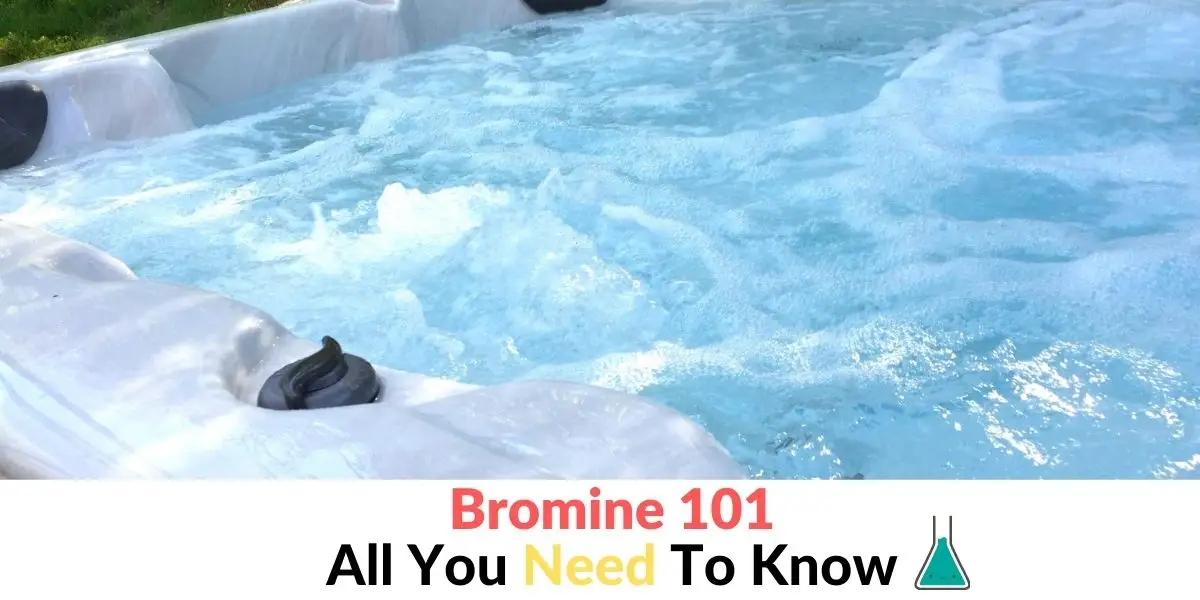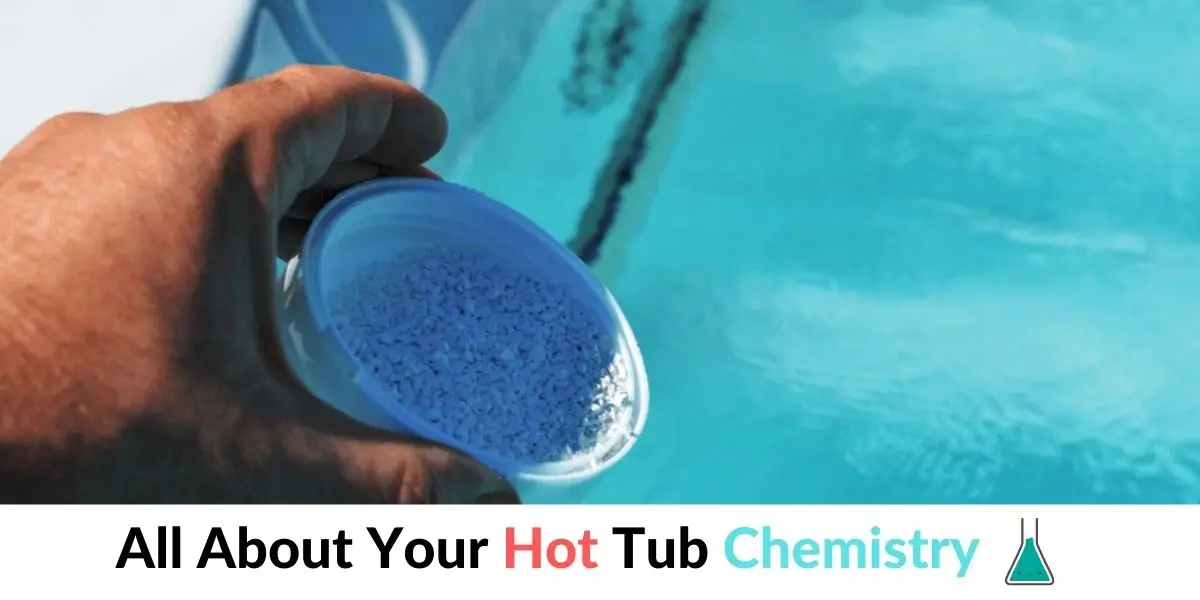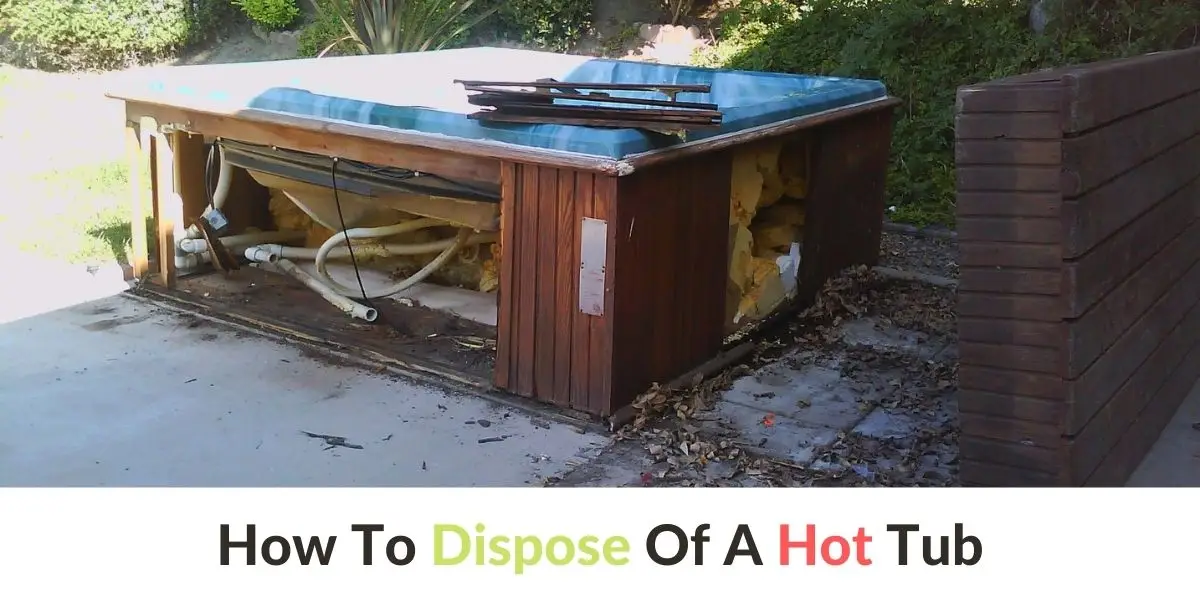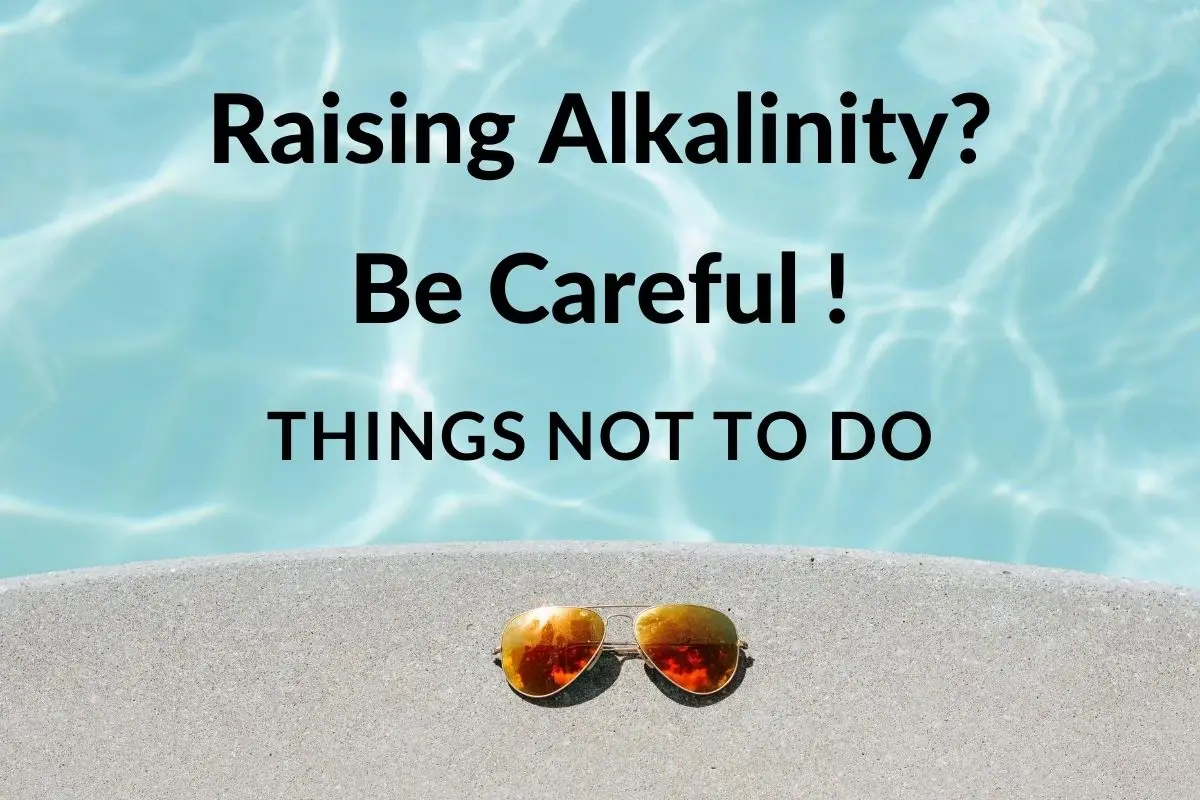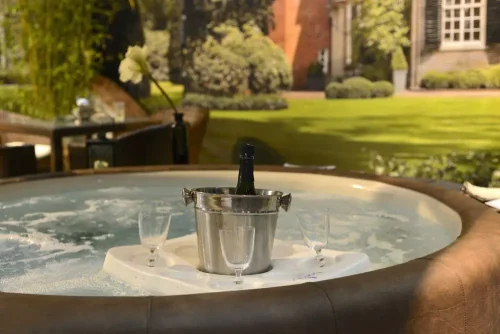How Much Does a Hot Tub Cost Per Month to Run?
The cost of running a hot tub can vary depending on a number of factors, including the size of the hot tub, the climate in which it is used, and the cost of electricity in your area. Here are a few things to consider when estimating the monthly cost of running a hot tub:
- Electricity: The biggest cost associated with running a hot tub is usually electricity. The cost will depend on the size of the hot tub, the efficiency of the heating and filtration systems, and the cost of electricity in your area. As a rough estimate, you can expect to pay about $30-$50 per month to run a small hot tub and $100-$150 per month to run a large hot tub.
- Water: You will also need to consider the cost of water to refill and maintain the water in your hot tub. This will depend on the size of the hot tub and the cost of water in your area.
- Chemicals: You will need to use chemicals, such as chlorine or bromine, to sanitize the water in your hot tub. The cost of these chemicals will depend on the type and amount you use.
- Maintenance: You will need to perform regular maintenance on your hot tub, such as cleaning the filters and replacing parts as needed. These costs can vary depending on the type and age of your hot tub.
Overall, you can expect to pay around $100-$200 per month to run a hot tub, depending on the factors mentioned above. This is just a rough estimate, and your actual costs may be higher or lower depending on your specific circumstances.
How Much a Month does it Cost to Run a Hot Tub in UK?
The cost of running a hot tub in the UK will depend on a number of factors, including the size of the hot tub, the efficiency of the heating and filtration systems, and the cost of electricity in your area. Here are a few things to consider when estimating the monthly cost of running a hot tub in the UK:
- Electricity: The biggest cost associated with running a hot tub in the UK is usually electricity. The cost will depend on the size of the hot tub, the efficiency of the heating and filtration systems, and the cost of electricity in your area. As a rough estimate, you can expect to pay about £20-£40 per month to run a small hot tub and £80-£120 per month to run a large hot tub.
- Water: You will also need to consider the cost of water to refill and maintain the water in your hot tub. This will depend on the size of the hot tub and the cost of water in your area.
- Chemicals: You will need to use chemicals, such as chlorine or bromine, to sanitize the water in your hot tub. The cost of these chemicals will depend on the type and amount you use.
- Maintenance: You will need to perform regular maintenance on your hot tub, such as cleaning the filters and replacing parts as needed. These costs can vary depending on the type and age of your hot tub.
Overall, you can expect to pay around £80-£160 per month to run a hot tub in the UK, depending on the factors mentioned above. This is just a rough estimate, and your actual costs may be higher or lower depending on your specific circumstances.
What is the Most Cost Effective Way to Run a Hot Tub?
There are a few things you can do to make running a hot tub more cost effective:
- Choose an energy-efficient model: Look for a hot tub that is Energy Star certified or has other energy-saving features, such as insulation, a high-efficiency pump, and LED lighting. These features can help to reduce the amount of energy needed to heat and maintain the water in the hot tub.
- Use a cover: A hot tub cover can help to retain heat and reduce the amount of energy needed to maintain the water temperature.
- Set the temperature wisely: Set the water temperature to the lowest comfortable setting to reduce the amount of energy needed to heat the water.
- Use a timer: Set the hot tub to turn off when it is not in use to save energy.
- Use a low-flow showerhead: If you have a shower in your hot tub area, consider installing a low-flow showerhead to reduce water usage.
- Use a water-saving filtration system: Some hot tubs have filtration systems that use less water, which can help to reduce water usage and costs.
- Use natural chemicals: Consider using natural chemicals, such as bromine or ozone, to sanitize the water in your hot tub. These chemicals can be more cost effective and environmentally friendly than traditional chlorine-based chemicals.
By following these tips, you can help to reduce the operating costs of your hot tub and save money in the long run.
How can I Lower my Electric Bill in my Hot Tub?
There are a few things you can do to help lower your electric bill when running a hot tub:
- Choose an energy-efficient model: Look for a hot tub that is Energy Star certified or has other energy-saving features, such as insulation, a high-efficiency pump, and LED lighting. These features can help to reduce the amount of energy needed to heat and maintain the water in the hot tub.
- Use a cover: A hot tub cover can help to retain heat and reduce the amount of energy needed to maintain the water temperature.
- Set the temperature wisely: Set the water temperature to the lowest comfortable setting to reduce the amount of energy needed to heat the water.
- Use a timer: Set the hot tub to turn off when it is not in use to save energy.
- Use a low-flow showerhead: If you have a shower in your hot tub area, consider installing a low-flow showerhead to reduce water usage.
- Use a water-saving filtration system: Some hot tubs have filtration systems that use less water, which can help to reduce water usage and costs.
By following these tips, you can help to reduce the amount of energy needed to run your hot tub and lower your electric bill. It’s also a good idea to monitor your energy usage and compare it to your electric bill to see how changes in your hot tub usage are affecting your costs.
How Much does a Hot Tub Cost?
The cost of a hot tub can vary greatly depending on the size, features, and materials used. Here are some general price ranges for hot tubs:
- Basic models: $2,000-$4,000
- Mid-range models: $4,000-$8,000
- High-end models: $8,000-$15,000
- Luxury models: $15,000 and up
These prices are for the hot tub only and do not include installation or any additional features or accessories. The actual cost of a hot tub for you will depend on your specific needs and budget. It is a good idea to shop around and compare prices from different retailers to find the best deal. You may also want to consider purchasing a used hot tub, which can be a more affordable option.
Hot Tub Costs Can Vary Significantly
Just like cars, hot tubs also have different efficiency levels. Every hot tub manufacturer will tell you what the expected daily cost to run hot tub should be. Typically, you would pick something between a 4-seater being 13 AMPS (2.89 kW) and an 8-seater being 40 AMPS (8.8 kW).
Hot tubs are built to run 24/7 and the final charge will greatly depend on the outside factors, primarily how you preserve the temperature and make sure the thermostat is measuring constant temperature.
How Much Electricity Does A Hot Tub Use Per Month?
There was a testing that was done that included some of the best Hot Springs’ models.
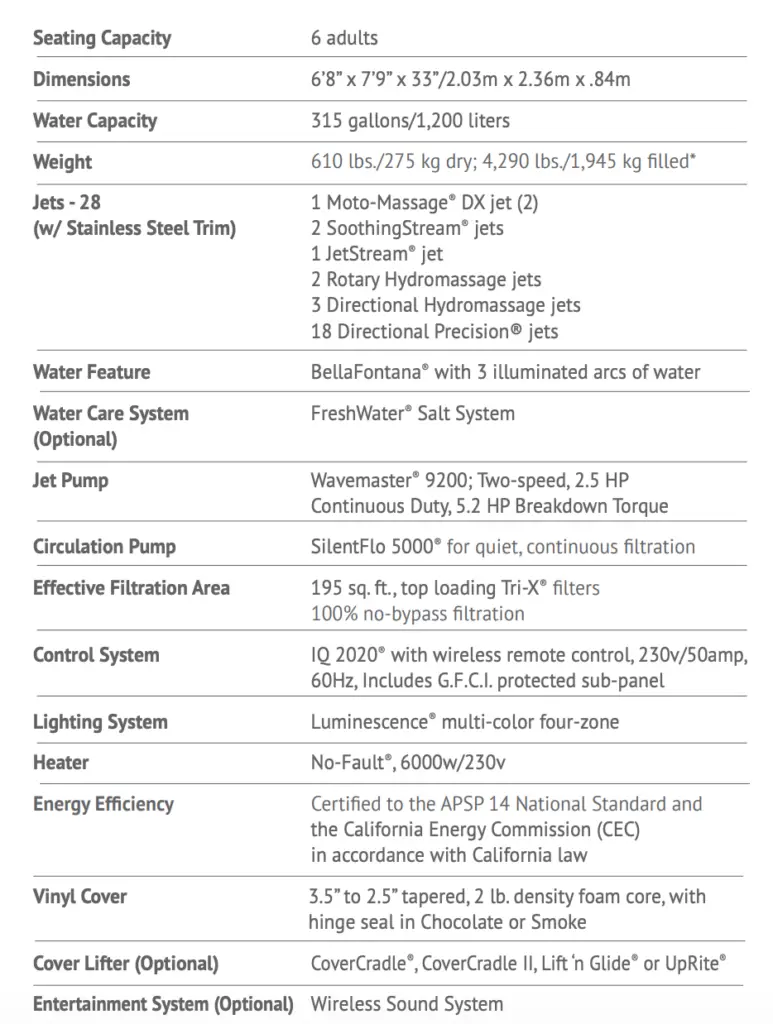
The testing considered a heavy use of the hot tub with the following use:
- Spa set to 102 F
- Spa used 6 times a week
- Spa used for 15 minutes with the jets on
- Spa used for 15 minutes with the jets off
As you can see, this is pretty heavy use for a hot tub.
The results were stunning, and the whole idea of these results was to show how new hot tubs can be highly energy-efficient.
For this particular example, we will use this hot tub that has 6 seats.
| Area | Ambient Temperature (F) | Electricity Cost ($ / KWH) | Monthly Cost |
| Miami, FL | 75 F | $0.11 | $11.07 |
| Las Vegas, NV | 70 F | $0.12 | $14.70 |
| Macon, GA | 65 F | $0.10 | $14.44 |
| Tulsa, OK | 60 F | $0.08 | $13.30 |
| St. Louis, MO | 55 F | $0.09 | $16.93 |
| Chicago, IL | 50 F | $0.09 | $18.90 |
| Casper, WY | 45 F | $0.10 | $23.19 |
| Calgary, Canada | 40 F | $0.09 | $22.84 (CAD) |
| Int’l Falls, MN | 35 F | $0.11 | $30.33 |
| Fairbanks, AK | 30 F | $0.18 | $53.57 |
The reason why ambient temperature is leading the hot tub monthly costs is because that column has a wide range of temperatures where as the electricity cost is close to its average which is around $0.11 KWH.
So how much does a hot tub raise your electric bill?
On average, you can expect your hot tub to raise your electricity bill for about $21.44.
Notice that the lower the temperature outside the higher the monthly cost of your hot tub.
How Much does it Cost to Run a Hot Tub per Day?
The cost of running a hot tub will depend on a variety of factors, including the size of the hot tub, the temperature you set it to, the location of the hot tub, and the cost of electricity in your area. Here are some general estimates for the cost of running a hot tub:
- Small hot tub (2-4 people): $30-$60 per month
- Medium hot tub (4-6 people): $60-$100 per month
- Large hot tub (6-8 people): $100-$150 per month
These estimates are based on running the hot tub for 2 hours per day at an average temperature of 104°F (40°C). The actual cost may be higher or lower depending on your specific circumstances. To get a more accurate estimate of the cost to run your hot tub, you can consult with a hot tub professional or use an online energy calculator.
How Much Does It Cost To Fill A Hot Tub
It takes $1.22 to fill a hot tub on average, for a hot tub of 315 gallons of water capacity.
This number is taken based on the hot tub we used to calculate the electricity cost to run hot tub in different states across the United States.
For this research I used the same areas. Each area is linked to the source where the prices are taken.
| Area | Per 1000 gallons | CCF (100 cubic feet) – 748 gallons | One hot tub fill (315 gallons) |
| Miami, FL | $5.13 | $2.84 | $1.62 |
| Las Vegas, NV | $1.32 | $0.99 | $0.42 |
| Macon, GA | $2.14 | $2.86 | $0.67 |
| Tulsa, OK | $4.31 | $3.22 | $1.36 |
| St. Louis, MO | $1.32 | $1.77 | $0.42 |
| Chicago, IL | $2.59 | $3.46 | $0.82 |
| Casper, WY | $3.86 | $2.89 | $1.22 |
| Calgary, Canada | $1.14 | $1.52 | $0.36 |
| Int’l Falls, MN | $9.60 | $7.18 | $3.02 |
| Fairbanks, AK | $7.48 | $5.60 | $2.36 |
Int’l Falls, MN specifically has extremely high water cost and the average would have probably been lower without it.
How To Properly Calculate The Electricity Cost?
Think of a pot of cold water on a gas stove. To deliver it to the boil you need the gas on top, once it’s boiling it is possible to turn the gas down, and it will keep boiling.
The same is applicable to the amount of electricity you need in order to heat up and maintain the heat in a hot tub. Obviously, external influences will vary the amount of electricity utilized, like it being outside and the weather turns chilly.
That said, it’s best if you could take regular readings by fitting a smart meter just for the hot tub. That way you will know exactly how much electricity is wasted.
How Much does it Cost to Maintain a Hot Tub?
Here are some examples of how much a normal size hot tub from Hot Springs would cost to run in different parts of the United States every month.
| State | Min ($) | Max ($) |
| California (CA) | $15 | $20 |
| Arizona (AZ) | $15 | $20 |
| Northern Minnesota (MN) | $30 | $40 |
| Florida (FL) | $30 | $40 |
| Northern Michigan (MI) | $100 | $200 |
There are a lot of different variables. Consider area/wind and brand. The top of the line hot tub manufacturers like Jacuzzi or Hot Springs will generally consume about the same amount of energy.
In general, for a well-insulated hot tub, you should consider about $30 to $40 a month on average, with some months higher if you live in the northern part of the country and significantly lower in the south.
How To Reduce Hot Tub Running Costs?
This can be a different article on its own. However, there are a few quick tips you can implement to potentially lower the running costs of your hot tub especially if it is an outdoor hot tub.
Keep The Lid On When Not it Use
You will find that hot tubs have a lid that keeps the heat from escaping when not in use (as well as to keep the muck out of the water). However, then you can’t use the hot tub with the lid on. When you see all the steam escaping the hot tub on a cold evening’s use, I want you to think of that as £1 notes floating away.
Make Sure The Thermostat is Working
This would be a weird thing to say if it wasn’t true. Often, your thermostat can be dodgy and stop measuring the temperature properly which causes the heater to do some extra work.
Get Some Additional Insulation Levels
Your hot tub cover may look good but if it is heavy then it is waterlogged with zero insulation. Make sure you check to see how it seals around the edges. Then strap it down really tight and keep that cash in the tub.
I want to share one more thought here, which is to realize that ultimately air is the best insulator. Foam of any type that is used in spa environments is there simply because it is relatively inexpensive and holds the air well.
For air to insulate best, it will need to be trapped in between so it can not constantly exchange with the humidity and ambient temperature. These are the fundamentals of how the spa covers work.
Make Use of Lower Electricity Tariffs
Most electricity plans include a period of time, usually during the night, when the electricity is cheaper. Use this time to heat the hot tub for morning use.
Maintain Lower Temperature When Not Using The Tub
Most people prefer to have their water really hot, between 38 and 40 degrees. Maintaining this temperature, especially in colder weather would result in an increase of the electricity cost. Consider lowering the temperature to about 30 degrees while keeping in mind that every degree will save you about 10% of the electricity bill.
Close Your Hot Tub Air Jets
A lot of people don’t realize that when they leave their air jets open and air bubbles are injected into the hot water, which has a cooling effect on the water and causes the heater to turn on. Close the jets, eliminate the air that is being injected, and you will save money by NOT cooling the water unnecessarily.
Consider Cleaning Your Filters More Often
Keeping your hot tub clean is not just going to make your hot tubbing experience so much better, but it will also help to decrease your running costs. It’s a double win.
If your filter is dirty and clogged, the process of filtration is going to have poor water flow. That will lead to having to work twice as hard in order to stay clean. Working harder equals working longer in this case. And this could eventually increase your hot tub electricity bills.
You want to rinse your filter on a weekly basis using a good instant or an overnight filter cleaner. It’s not a bad idea to get a second filter so that you can rotate them while cleaning and never have any downtime on your hot tub.
Consider Getting a Solar Panel To Maintain The Hot Tub Temperature
It is unlikely that you would use all the power 24/7 since the thermostat would cut in. However, it is a large amount of water – equivalent to around 300 full kettles. It would take 6 to 12 hours to heat to 40C on a typical 20C summer day.
Such an appliance would seem ideal for properties with solar panels on the roof and a device to divert excess generated power to the spa or heat overnight on an Economy 7 tariff.
Should I Leave My Hot Tub On All The Time?
Here is one school of thought that I found. It will depend on whether you use gas vs electricity and which is cheaper.
When using gas heat, it is often cheaper to lower the temperature when you are not using the hot tub and raise it when needed. It is the opposite of electric heat. It is way less expensive to maintain a constant temperature.
The thing is that gas heaters have a much quicker recovery time. With home furnaces, you can actually turn down your gas furnaces during the night or during the day if you are away and turn them up when you are home, in order to lower costs.
With electric heat pumps, this is actually way more expensive and you should leave your thermostat at a constant setting. I think that you will be using more energy by lowering the temperature every day. On the other hand, I could understand the benefit of lowering it if you are going to be away for several days or more.
What Makes One Hot Tub More Expensive Than The Other?
Generally, the more you invest in your hot tub, the more money it will save you on month-to-month basis since the energy efficiency factor usually comes with those pricier hot tubs.
Other than that, there are many other factors that will affect what makes one hot tub more expensive than the other.
Factors That Affect Hot Tub Price
Hot Tub Energy Efficiency
As I said before, this feature usually comes with the premium hot tubs that you usually need to pay a bit more. Generally, energy-efficient hot tubs will spend you between $10 and $20 a month. A special note to those who live in a colder climate, since their averages are generally a bit higher.
General Hot Tub Quality
The best hot tub brands out there will cost you a bit more but that will pay off in the long run.
Hot Tub Design
Hot Tub design is the first thing that you notice when you look at your hot tub. Today, great designs translate to great experience. Some design features like a well-placed armrest add a lot of value to your hot tub.
Hot Tub Capacity
This one is simple. Smaller hot tubs that fit 4 persons will cost less than a larger 7-seater hot tub. Obviously, hot tub capacity is an important price factor.
Hot Tub Features
Hot tubs come with a long list of cool features you can add to make your bathing time more enjoyable. For example, how much different would it be if you had a model with exterior lightning or a model that includes 50 more jets?
Conclusion
I really scratched my itch with this research. I would personally love to get one for 4 persons since it would only be my close family using it, and I would use it during winter as well.
It would be an outdoor hot tub and I would accept a slightly higher cost for my pleasure. But I would definitely drain the hot tub every few months to clean it. And yeah, I would definitely make use of the cheap electricity during the night to preheat for tomorrow’s use.





